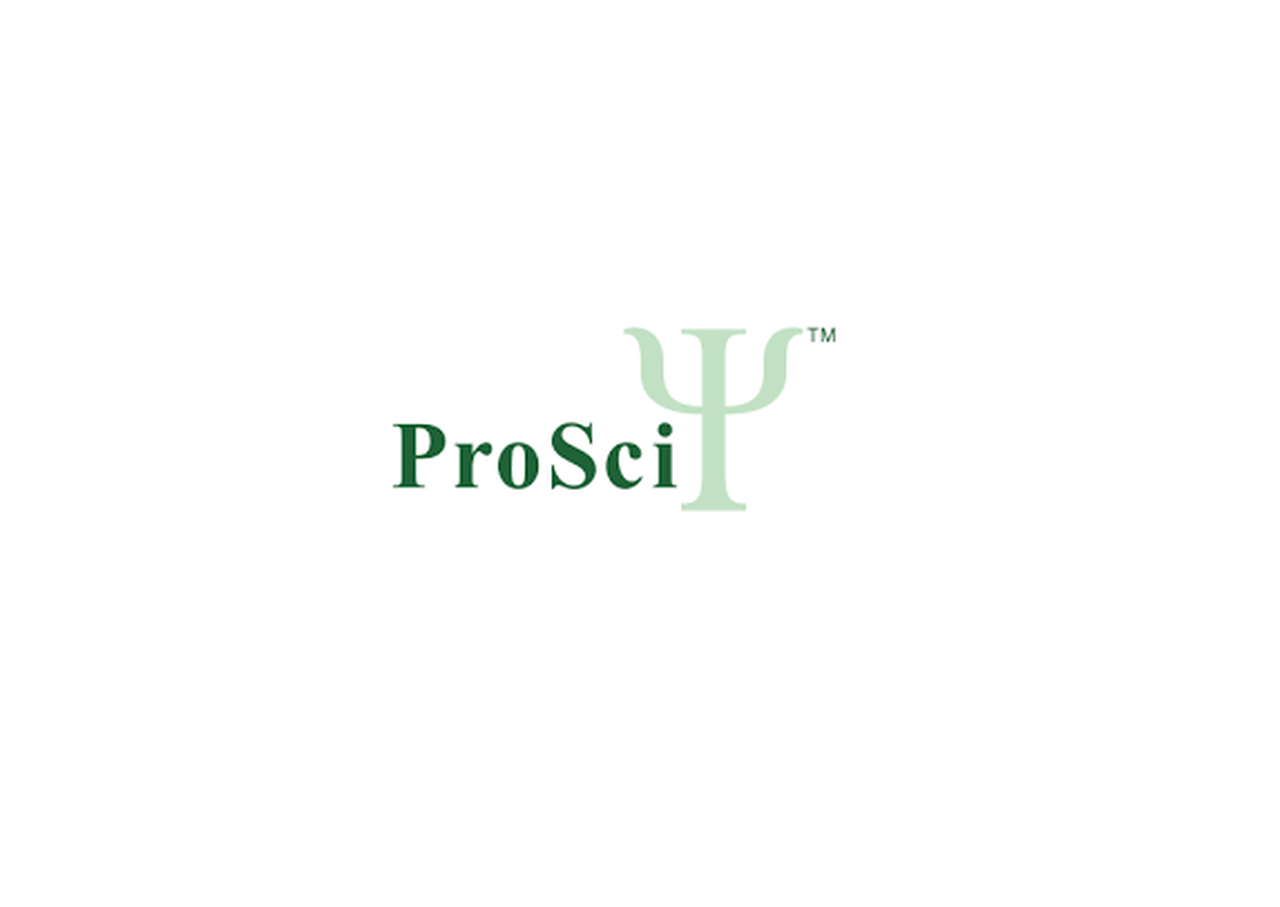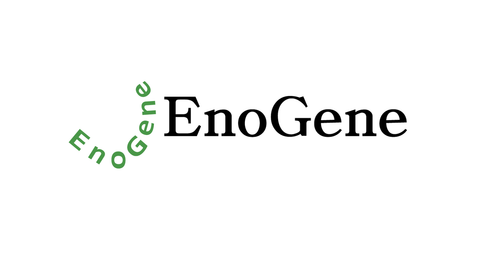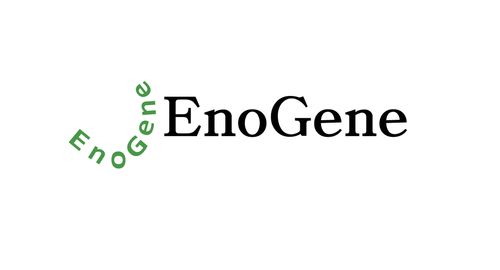Product Description
SLC1A5 Antibody | 63-944 | ProSci
Host: Rabbit
Reactivity: Human
Homology: N/A
Immunogen: This SLC1A5 antibody is generated from rabbits immunized with a KLH conjugated synthetic peptide between 186-214 amino acids from the Central region of human SLC1A5.
Research Area: Obesity, Signal Transduction
Tested Application: WB
Application: For WB starting dilution is: 1:1000
Specificiy: N/A
Positive Control 1: N/A
Positive Control 2: N/A
Positive Control 3: N/A
Positive Control 4: N/A
Positive Control 5: N/A
Positive Control 6: N/A
Molecular Weight: 57 kDa
Validation: N/A
Isoform: N/A
Purification: This antibody is prepared by Saturated Ammonium Sulfate (SAS) precipitation followed by dialysis
Clonality: Polyclonal
Clone: N/A
Isotype: Rabbit Ig
Conjugate: Unconjugated
Physical State: Liquid
Buffer: Supplied in PBS with 0.09% (W/V) sodium azide.
Concentration: batch dependent
Storage Condition: Store at 4˚C for three months and -20˚C, stable for up to one year. As with all antibodies care should be taken to avoid repeated freeze thaw cycles. Antibodies should not be exposed to prolonged high temperatures.
Alternate Name: Neutral amino acid transporter B (0) , ATB (0) , Baboon M7 virus receptor, RD114/simian type D retrovirus receptor, Sodium-dependent neutral amino acid transporter type 2, Solute carrier family 1 member 5, SLC1A5, ASCT2, M7V1, RDR, RDRC
User Note: Optimal dilutions for each application to be determined by the researcher.
BACKGROUND: SLC1A5 (Solute carrier family 1 (neutral amino acid transporter) , member 5) is a member of the Na (+) -dependent amino acid transporter superfamily. It has a broad substrate specificity, a preference for zwitterionic amino acids, and a sodium-dependence. It accepts as substrates all neutral amino acids, including glutamine, asparagine, and branched-chain and aromatic amino acids, and excludes methylated amino acids, anionic amino acids, and cationic amino acids. It acts as a cell surface receptor for feline endogenous virus RD114, baboon M7 endogenous virus and type D simian retroviruses.
 Euro
Euro
 USD
USD
 British Pound
British Pound
 NULL
NULL










